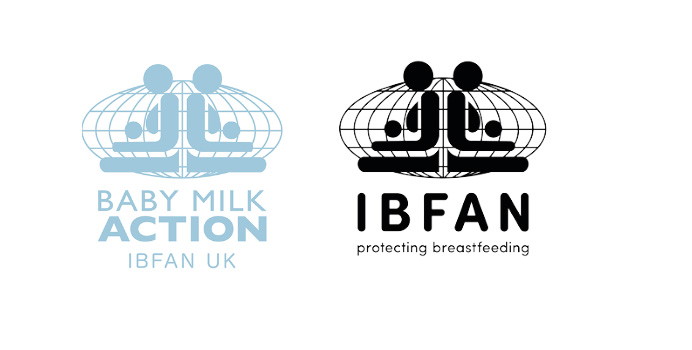Draft Council conclusions Healthy Nutrition for Children: The Healthy Future of Europe
Employment, Social Policy, Health and Consumer Affairs Council session on 22 June 2018 Conclusions on “Healthy nutrition for children: The healthy future of Europe”
On 26 April 2018, the EU Presidency submitted to Member States delegations draft conclusions on “Healthy nutrition for children: The Healthy future of Europe” with a view to adoption by the Council. The Working Party on Public Health agreed on the text, as a result of its meetings on 9 March, 4 and 28 May 2018.New policy documents from the EU.
Below are some of the highlights of this rather interesting document:
- Para 4: RECALLS that, as stipulated inter alia by the European Charter on Environment and Health, the health of individuals and communities should take precedence over considerations of economy and trade.
- Para 7:RECALLS that in accordance with the United Nations (UN) Convention on the Rights of the Child, States Parties shall ensure to the maximum extent possible the survival and development of the child and recognise the right of the child to the enjoyment of the highest attainable standard of health
- Para 8:In all actions concerning children, whether undertaken by public or private institutions, the best interests of the child shall be a primary consideration. The Union commitment to the rights of the child requires a coherent approach across all relevant Union actions and initiatives, under the Treaties, the Charter of the Fundamental Rights of the EU and the UN Convention on the Rights of the Child as a common basis for all Union actions relevant to children.
- Para 20: NOTES: that from conception, throughout pregnancy and the first days of life, the development of healthy habits is among the key determinants of longer life expectancy in good health, including reproductive health and intellectual development. Nutrition patterns adopted in the first three years of life can induce changes in metabolic responsiveness which may become irreversible through metabolic programming and epigenetic mechanisms19. Thus, preventive measures aimed at steering nutrition habits should encourage consumption of food of good nutritional quality from the earliest age, and continue through a life-course approach.
- Para 22. EMPHASISES that the social and economic environment has a key role in shaping choice. Thus, policies and initiatives addressing that environment should promote and support the uptake of a healthy diet, without unduly shifting the burden of responsibility towards the individual.
Para 23. RECOGNISES that the reduction of health inequalities cannot be based only on individual choice, but also requires all relevant public policies to support healthy environments. - Para 29: NOTES WITH CONCERN that children are a vulnerable group of consumers who are particularly exposed to marketing through modern means such as sponsorship, product placement (point-of-purchase displays), sales promotion, cross-promotions using celebrities, brand mascots or popular characters, websites, packaging, labelling, emails and text messages, corporate social responsibility and philanthropic activities tied to branding opportunities, as well as communication through ‘viral marketing’ and by word-of-mouth. Evidence shows that advertising influences children’s food preferences, purchase requests and consumption patterns. It also shows that in many settings, effective parental control is to a large extent difficult, if not virtually impossible.
- Para 32: NOTES with concern that the various approaches to regulation of marketing existing at local, regional or national level may not be as effective as regulation of cross-border marketing for the whole EU, bearing in mind the cross-border dimension of the problem, particularly in the digital media.
- Para 33: My note: This rather weak para refers to the benefits of ‘multi-stakeholder dialogue’ and the problematic EU Platform for Action in Diet and Physical Activity. The paragraph concludes by noting: “that where self-regulation alone is not adequate, legislative measures might be needed”.
- Para 35 Invites Member States to focus in particular on:
- (e) actively fighting an obesogenic environment, especially in settings where children gather, such as children’s educational premises, childcare centres and sports facilities, by offering food and drink options that support a varied, balanced and healthy diet, ensuring that educational facilities, and stimulating that sports facilities, are free of marketing efforts, including sponsorship by brands and companies promoting foods and drinks high in fat, salt and sugars, and encouraging procurement practices that promote health;
- (f) ensuring that communication and counselling on nutrition are free from undue commercial influence, and that conflicts of interest do not arise;
- (i) continue encouraging breastfeeding in line with national or international recommendations, including through restricting marketing on breast milk substitutes;
